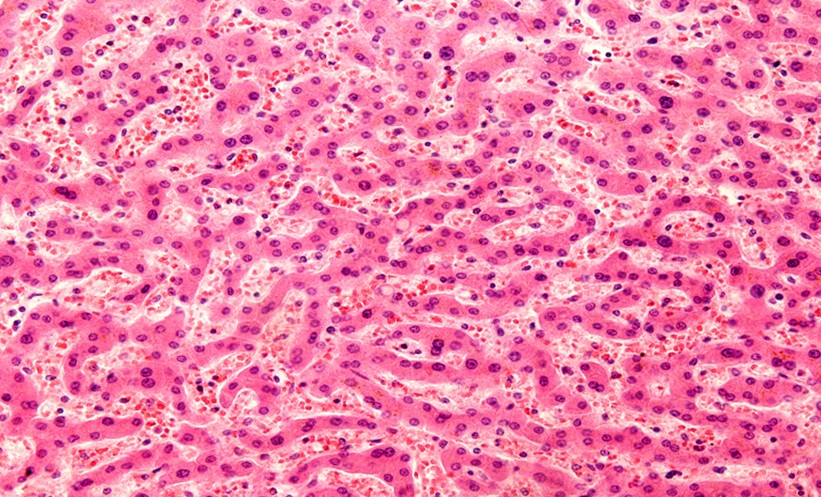THE REVISED EASL-ERN Clinical Practice Guidelines on Wilson’s disease offer a comprehensive update on the diagnosis, management, and monitoring of this rare genetic disorder of copper metabolism. Wilson’s disease is inherited in an autosomal recessive manner and results in toxic accumulation of copper, particularly in the liver, brain, and other organs. It is caused by mutations in the ATP7B gene, which impair biliary copper excretion and reduce the formation of functional ceruloplasmin, leading to free copper build-up in tissues. Despite wide variation in presentation, key features include hepatic involvement (ranging from asymptomatic liver enzyme elevation to cirrhosis), neurological and psychiatric symptoms, Kayser-Fleischer rings, and episodes of haemolysis, sometimes accompanied by acute liver failure.
Diagnosis relies on clinical features, biochemical tests such as serum ceruloplasmin, 24-hour urinary copper excretion, hepatic copper content, and molecular analysis of ATP7B. The Leipzig score remains a core diagnostic tool, with the addition of relative exchangeable copper measurement now recommended for enhanced accuracy. Genetic diversity affects presentation, with regional variations in common mutations: for instance, H1069Q in Central and Eastern Europe, R778L in East Asia, and C271X in India. However, the correlation between genotype and clinical phenotype remains unclear. Rapid molecular diagnostics, particularly useful in acute liver failure, are a focus for future development.
Treatment involves lifelong pharmacological therapy, with chelating agents such as penicillamine or trientine, and zinc salts, which reduce intestinal copper absorption. Chelators are preferred in cases with significant liver disease. Regular monitoring is essential to ensure therapeutic adherence and avoid over- or under-treatment. This includes tracking clinical status, liver function tests, urinary copper, and exchangeable copper levels.
While effective therapies exist, challenges remain in managing acute liver failure, where transplantation may be life-saving. Liver transplantation also has potential in severe neurological cases. Future directions include improved chelation options, gene therapy, better biomarkers for disease monitoring, and structured transition programmes for young patients moving into adult care. Continued research and development will be vital in refining both diagnosis and treatment strategies.
Reference
European Association for the Study of the Liver. EASL-ERN clinical practice guidelines on Wilson’s disease. J Hepatol. 2025;DOI:10.1016/j.jhep.2024.11.007.








